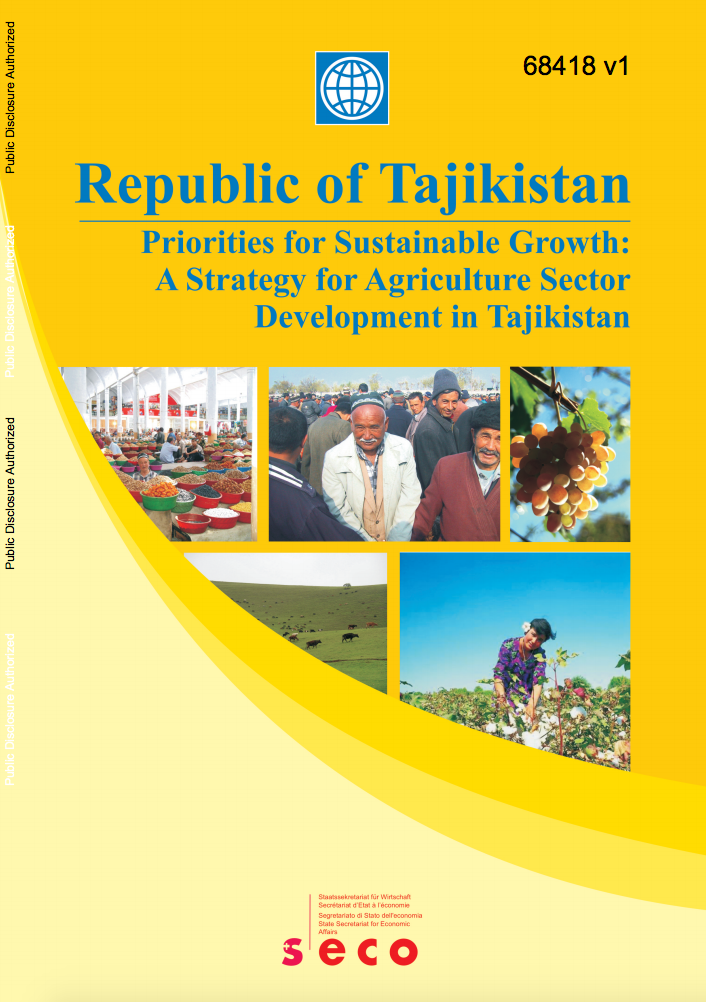Niger : Investing for Prosperity - A Poverty Assessment
This report examines poverty trends and
distribution of the poor in this larger context, paying
particular attention to the most recent past. The report
contributes to our understanding of the progress made in
combating poverty in three ways. First, it updates our
knowledge of poverty outcomes by examining the trends in
poverty and vulnerability, as well as the profile and
distribution of the poor and vulnerable across the country.


